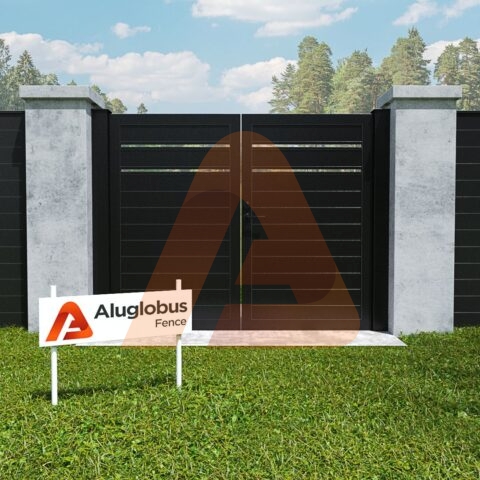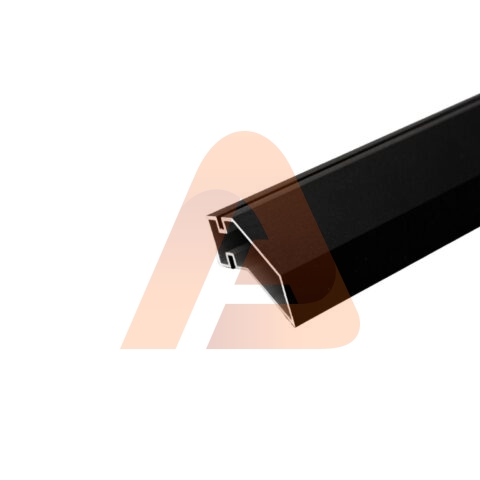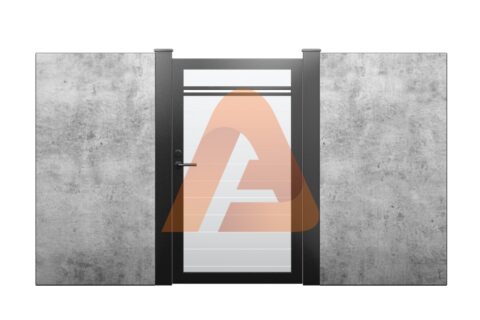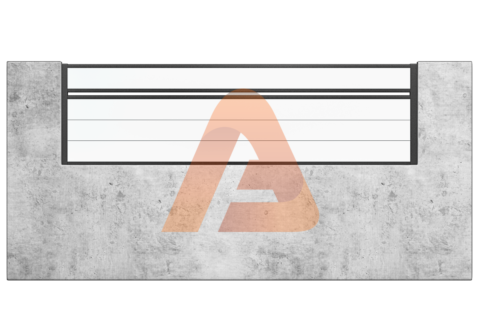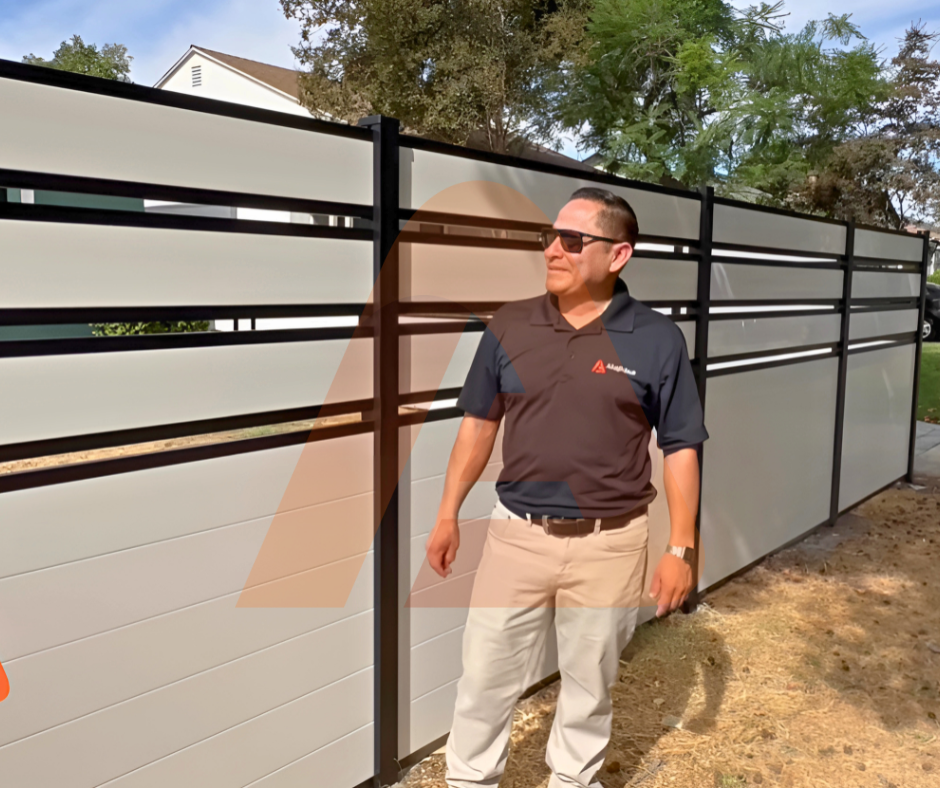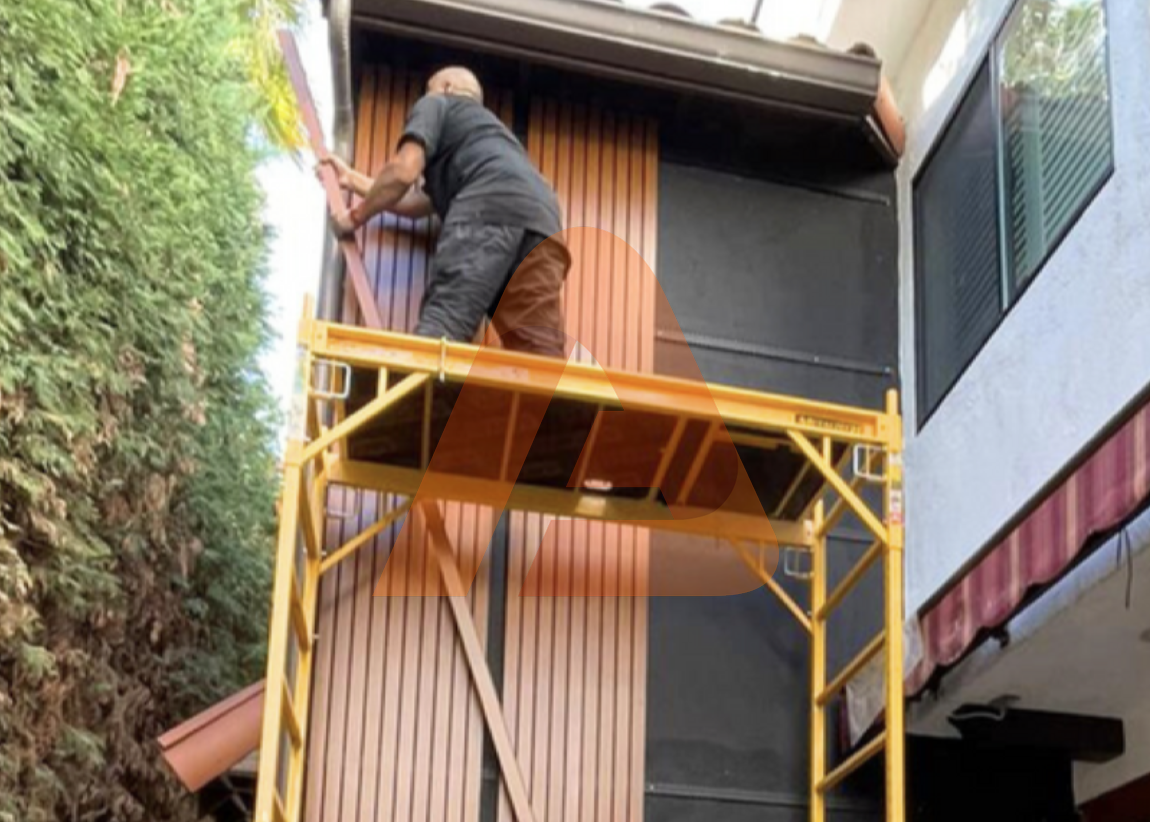
Can aluminum cladding be used for residential buildings?
- By Admin
- Posted on
Aluminum is redefining modern architecture — not only for commercial façades but increasingly for homes as well. The clean lines, weather resistance, and lightweight strength of aluminum cladding in residential buildings make it one of the most forward-thinking materials available today.
Whether you’re renovating a traditional house or designing a contemporary villa, aluminum cladding provides a perfect balance of style, performance, and protection. But what makes it so effective for residential use, and how does it compare to other exterior materials like wood, vinyl, or stucco?
Let’s explore why aluminum composite panels and aluminum cladding systems are rapidly becoming the preferred choice for homeowners, builders, and architects across the world.
Why Aluminum Cladding Is Perfect for Residential Buildings
Aluminum cladding has long been a mainstay in commercial and industrial construction, but in recent years it has found its way into residential architecture — and for good reason. Homeowners today value clean aesthetics, energy efficiency, and materials that stand the test of time.
Unlike wood, which requires regular sealing, or vinyl, which fades and cracks, aluminum panels retain their beauty for decades. The combination of strength and flexibility makes them ideal for façades that face harsh weather, salt air, or extreme sun exposure.
Architects love aluminum cladding because it enhances both form and function. It creates a modern, sleek appearance that suits everything from minimalist city homes to luxury estates. At the same time, it protects the building envelope from moisture, wind, and UV damage — extending the lifespan of the structure underneath.
Furthermore, aluminum composite panels (ACP) are designed to be lightweight yet durable, allowing easy installation on existing walls or new constructions. This adaptability is one reason aluminum has become a top material for modern façade design in residential projects.
Products
Alu60 T&G Contractor Line 12′ x 6′ HD Double Swing Gate Kit
$3,312.04Current price is: $3,312.04.AeroLouver™ Blade Curved Profile Contractor Line 6′ x 6′ Gate Kit (PAD GATE H.D)
$2,408.54Current price is: $2,408.54.Alu Vinyl Universal DIY 4′ x 6′ Horizontal Gate (DIY PAD GATE)
$955.04Current price is: $955.04.Alu20 – 2″ x 3/4 x 6FT CUSTOM COLOR(NEW)
$27.00Current price is: $27.00.Advantages of Using Aluminum Cladding in Homes
When used in residential applications, aluminium cladding offers a variety of benefits that make it stand out among other exterior wall systems.
Key advantages include:
Durability: Resistant to corrosion, fire, and rot — even in coastal or humid climates.
Low Maintenance: Requires only occasional cleaning to maintain a fresh, modern look.
Design Flexibility: Available in various finishes, including woodgrain, matte, and metallic tones.
Lightweight Installation: Easy to transport and fit, reducing overall labor costs.
Eco-Friendly: Aluminum is 100% recyclable and sustainable, aligning with green building standards.
For homeowners and builders, this means reduced upkeep, faster construction times, and long-term savings. Exterior wall cladding made from aluminum also performs exceptionally well in energy regulation — reflecting heat in summer and retaining warmth in cooler seasons.
It’s no surprise that aluminum cladding residential buildings have become synonymous with premium design and lasting performance.
Advantages of Using Aluminum Cladding in Homes
When used in residential applications, aluminium cladding offers a variety of benefits that make it stand out among other exterior wall systems.
Key advantages include:
Durability: Resistant to corrosion, fire, and rot — even in coastal or humid climates.
Low Maintenance: Requires only occasional cleaning to maintain a fresh, modern look.
Design Flexibility: Available in various finishes, including woodgrain, matte, and metallic tones.
Lightweight Installation: Easy to transport and fit, reducing overall labor costs.
Eco-Friendly: Aluminum is 100% recyclable and sustainable, aligning with green building standards.
For homeowners and builders, this means reduced upkeep, faster construction times, and long-term savings. Exterior wall cladding made from aluminum also performs exceptionally well in energy regulation — reflecting heat in summer and retaining warmth in cooler seasons.
It’s no surprise that aluminum cladding residential buildings have become synonymous with premium design and lasting performance.
Types of Aluminum Cladding for Residential Projects
There are several types of aluminum cladding used in residential buildings, each with unique properties suited to different aesthetic and structural needs.
Aluminum Composite Panels (ACP)
ACP consists of two thin aluminum sheets bonded to a non-aluminum core. These panels are lightweight, strong, and provide excellent insulation. They are ideal for façades, soffits, and decorative walls where precision and clean lines matter most.
Solid Aluminum Panels
For projects requiring higher fire resistance and durability, solid aluminum panels are a great option. They can be perforated, curved, or textured to create dynamic, three-dimensional façades.
Anodized or Powder-Coated Aluminum Cladding
Anodized and powder-coated finishes enhance the appearance and resilience of aluminum cladding. These protective layers resist UV rays, corrosion, and scratches, making them perfect for exterior use in varying climates.
Aluminum Rain-Screen Systems
Rain-screen cladding allows ventilation between the panels and wall surface, improving moisture management and thermal efficiency. This makes it ideal for sustainable architecture in residential applications where energy savings are a priority.
Each system can be tailored for different visual outcomes — from ultra-modern to natural and warm — giving homeowners unmatched design freedom.
How to Maintain Aluminum Cladding for Long-Term Beauty
Although aluminum is naturally corrosion-resistant, periodic maintenance ensures your exterior wall cladding stays pristine. The good news? It’s simple.
Regular Cleaning: Wash panels every 3–6 months using mild soap and water. Avoid abrasive cleaners or tools that may scratch the surface.
Check for Damage: Inspect joints, screws, and sealants once a year to prevent leaks or loosening.
Avoid High-Pressure Washing: Strong water jets can harm protective finishes or allow water to penetrate seams.
Protect the Coating: Apply a UV-protective wax or sealant every few years if your cladding receives constant sun exposure.
Professional Inspection: Every 5–7 years, hire experts for deep cleaning and inspection, especially in coastal or industrial environments.
This minimal effort helps maintain the integrity and gloss of your aluminum panels, keeping them looking new for decades — one of the major selling points for residential aluminum cladding systems.
Cost and Installation Considerations
While aluminum cladding may have a higher initial cost than vinyl or fiber cement, its long-term value is unmatched. The lifespan of aluminum (40–50 years) combined with minimal upkeep means lower lifetime costs.
Installation is also straightforward thanks to modular panel systems that interlock cleanly. Lightweight panels reduce structural load, which is especially advantageous for home renovations. For both new builds and remodels, aluminium cladding provides flexibility and precision that traditional materials lack.
If you’re sourcing factory-direct systems — such as those from ALU Globus Fence — you’ll also benefit from consistent quality, custom sizing, and durable powder-coated finishes built to architectural standards.
FAQs
Is aluminum cladding safe for residential buildings?
Yes. It’s non-combustible, lightweight, and engineered to meet international safety standards when installed correctly.
Can aluminum cladding mimic wood or stone textures?
Absolutely. Aluminum composite panels can be finished in realistic woodgrain or stone effects, giving you natural aesthetics without the maintenance.
How energy-efficient is aluminum cladding?
When combined with insulation and rain-screen systems, aluminum enhances thermal performance and reduces heat transfer, improving energy efficiency.
Does aluminum fade over time?
High-quality powder-coated aluminum panels maintain their color for decades with minimal fading, even under direct sunlight.
Is aluminum cladding eco-friendly?
Yes. Aluminum is fully recyclable and supports sustainable building practices, making it ideal for green residential projects.
Conclusion – The Future of Modern Home Design
So, can aluminum cladding be used for residential buildings?
Absolutely — and it’s one of the smartest design choices available today. Combining strength, elegance, and sustainability, aluminum cladding residential buildings are setting the standard for modern construction.
Whether it’s aluminum composite panels for sleek façades or anodized aluminum systems for architectural detail, this material offers unmatched versatility. It resists corrosion, enhances insulation, and elevates curb appeal — all while requiring minimal upkeep.
For homeowners, developers, and designers seeking lasting beauty and performance, aluminum cladding is not just suitable for residential buildings — it’s the future of architectural exteriors.
Partner with ALU Globus Fence for factory-direct aluminum cladding systems engineered for excellence — where innovation meets design perfection.


